1. Orchid
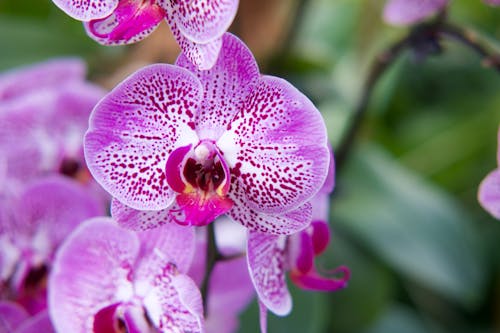
Orchids scream sophistication but pretend they’re not high-maintenance. Watering schedules are precise—too much and roots rot, too little and blooms drop prematurely. Then you find yourself inspecting roots, adjusting humidity, and timing fertilization like a botanist.
They also need indirect light and occasionally repotting into fresh orchid medium. Bloom cycles can frustrate even patient caretakers. That “easy elegance” is really a weekend-long commitment to perfection. One weekend of neglect can undo months of care.
2. Monstera Deliciosa
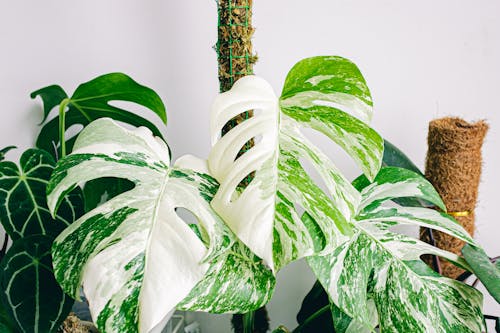
Monsteras are beloved for their dramatic, split leaves and “jungle vibes” in tiny apartments. Initially, they seem forgiving: a little water here, a bit of sunlight there. But once they start growing, they can become huge, requiring staking and careful pruning. Suddenly, your casual care routine turns into a weekend-long maintenance fest.
The roots grow aggressively and sometimes outgrow their pots, demanding repotting sooner than expected. Leaves can tear or yellow if conditions aren’t perfect, which becomes a constant source of stress. Plus, they love humidity, so dry indoor air can make you feel guilty every morning. You’ll be measuring soil moisture like a botanist in no time.
3. Snake Plant
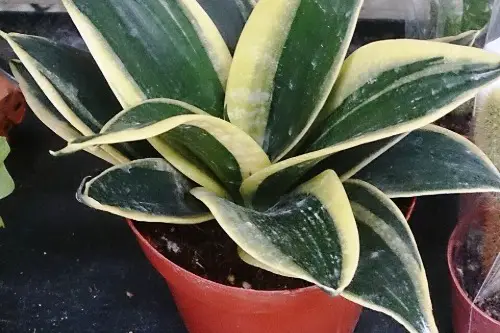
The Snake Plant is the poster child for “low-maintenance,” and for good reason—they tolerate neglect better than most. But overwatering is a silent killer, and many owners misread the plant’s signs. A single soggy weekend can rot the roots beyond repair.
They also grow slowly, which tempts owners to overcompensate with fertilizer, leading to leaf burn. Their upright leaves may look like they’re holding themselves together, but they need repotting every few years to thrive. Even these stoic plants demand a careful touch if you want them to stay looking pristine.
4. Boston Fern
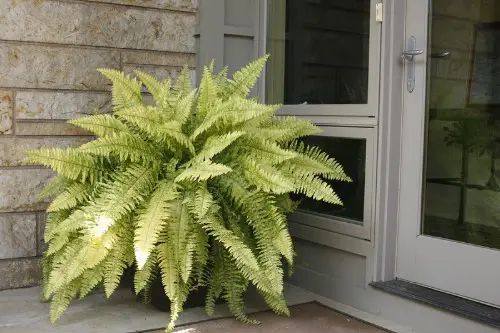
Boston Ferns scream elegance with their feathery fronds, but they are drama queens in disguise. They require constant humidity and indirect light, which often means daily misting or creative home setups. Ignore them for a weekend, and the fronds brown and curl like someone forgot to water a miniature forest.
Soil needs to be consistently moist, but not soggy, which is a delicate balance. They also shed fronds regularly, turning maintenance into a continuous sweeping task. Fertilizing correctly adds another layer of weekend planning. Their beauty comes at a surprisingly high cost of effort.
5. Peace Lily
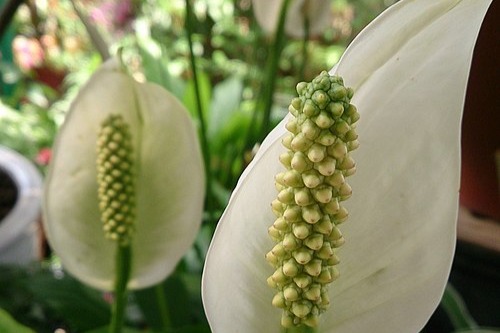
Peace Lilies are lauded for their low-light tolerance and those dramatic white blooms. They do forgive occasional neglect, but they’re water-sensitive drama magnets. Over- or underwater them, and you’re suddenly dealing with drooping leaves and brown tips.
They also require careful monitoring for pests like spider mites or aphids. Blooms only appear when the plant is happy, which means you need to fuss with their environment consistently. Fertilizer and occasional repotting sneak up faster than expected. A “set-it-and-forget-it” approach doesn’t cut it here.
6. Rubber Plant
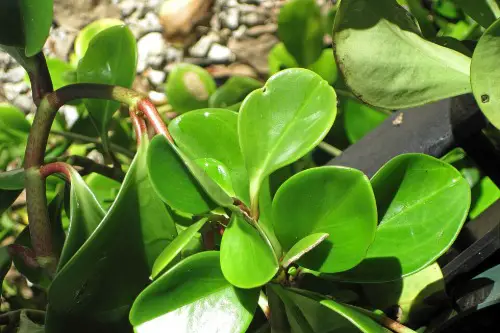
Rubber plants are strong and visually appealing, but their size can quickly become overwhelming. Young ones seem fine with basic care, but as they grow, they need pruning, repotting, and more precise lighting. Their glossy leaves drop if stressed, turning weekend negligence into noticeable damage.
They also need a balance of water and humidity that can be tricky indoors. Fertilizer schedules and dusting each leaf to keep it shiny are part of the routine. One weekend of neglect can result in a week of damage control. You’ll start to treat them like a needy pet.
7. Aloe Vera
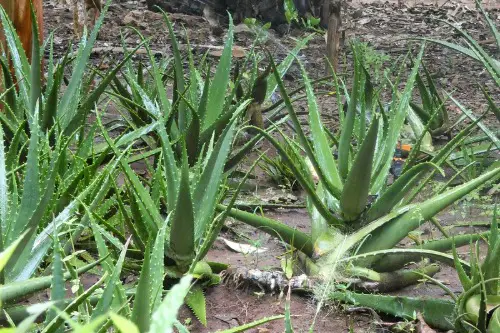
Aloe Vera is often marketed as a plant you can ignore entirely. It thrives on neglect—but too much water or too little light can cause it to shrivel or rot. Then you’re suddenly pruning dead leaves and rethinking your whole watering routine.
They also like slightly dry soil, which can lead to overcompensation by enthusiastic owners. Repotting every few years is necessary as roots grow. Even a hardy plant like Aloe can eat up weekend attention if you’re trying to keep it happy. Its easy reputation is slightly misleading.
8. Pothos
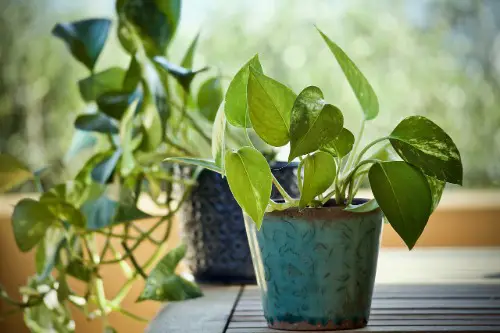
Pothos plants are the ultimate beginner-friendly option, trailing gracefully from shelves or hanging baskets. They’re resilient, but they do have secret demands. Leaves yellow if they’re overwatered, while low light slows growth so dramatically it becomes depressing.
Their vines can grow fast, needing pruning and training to avoid a jungle takeover. Soil sometimes needs refreshing, and occasional pest monitoring is necessary. Once you start nurturing them properly, weekends can vanish in leafy tangles. They pretend to be carefree but are secretly workaholics.
9. Spider Plant
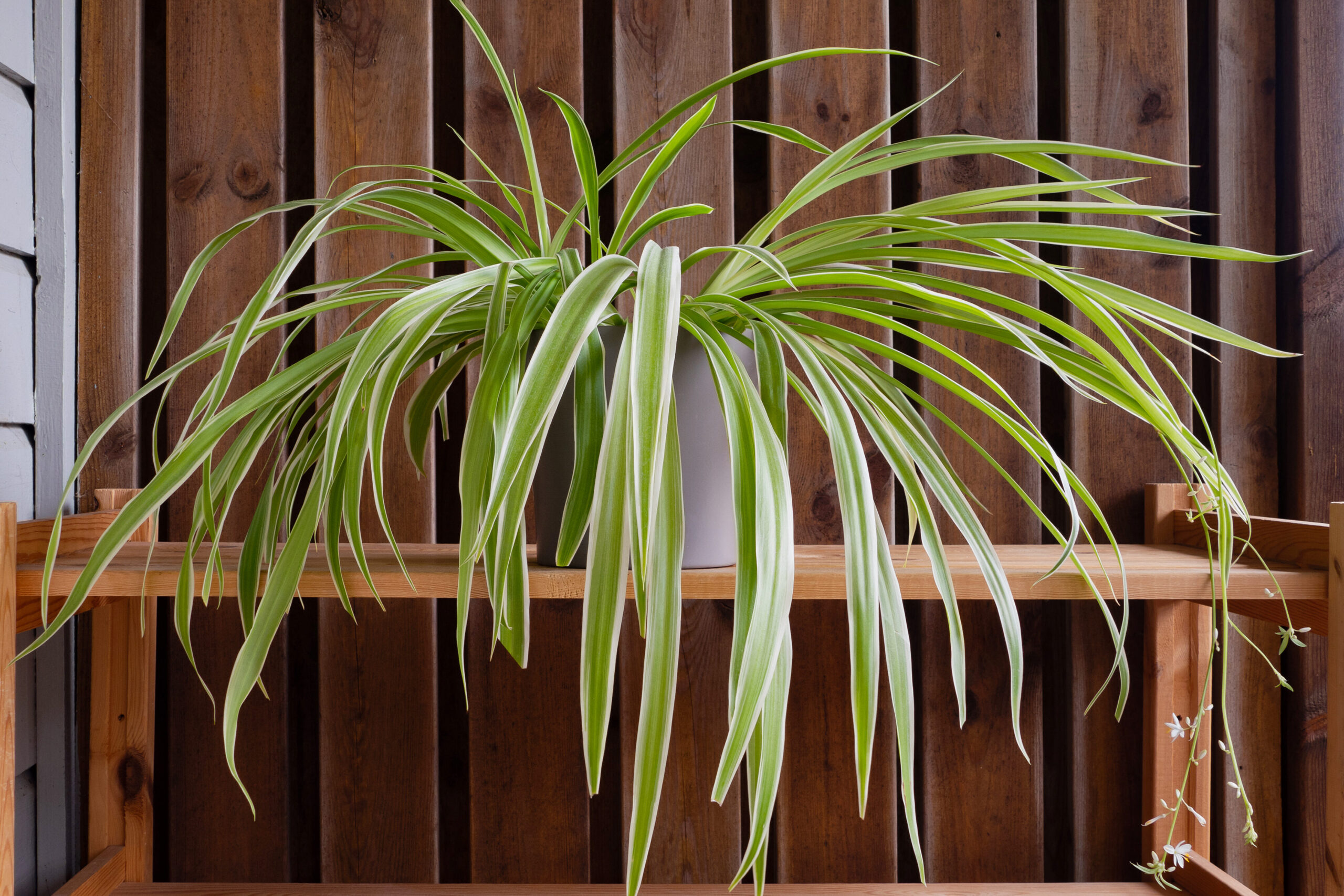
Spider Plants look like little bundles of joy with baby offshoots dangling everywhere. They tolerate neglect at first, but those babies can’t thrive without some care. Too little light, improper watering, or overcrowded pots can stunt their growth or turn their leaves brown.
They also produce plantlets that need regular pruning or propagation to keep the main plant healthy. Fertilization schedules, leaf trimming, and repotting sneak up on the weekends. What looks like a carefree plant can quickly become a full-time hobby. Their charm comes with a hidden schedule.
10. ZZ Plant
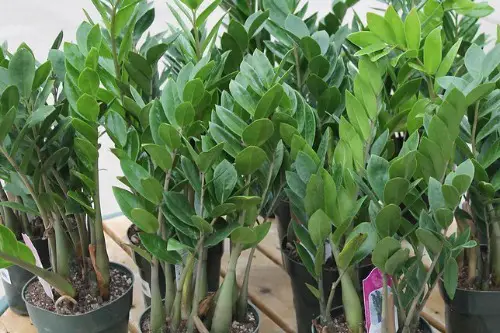
ZZ Plants are famous for surviving dark corners and long forgetfulness. They’re tough, but not invincible. Overwatering can lead to root rot, and once stressed, their glossy leaves drop as a warning. Then you’re stuck with a plant that requires careful soil adjustments.
They also grow slowly, which tempts you to baby them excessively. Repotting is tricky because their rhizomes store water and can easily be damaged. Even hardy plants have hidden complexities that eat up weekends. ZZs look easy but can surprise you with their demands.
11. Jade Plant
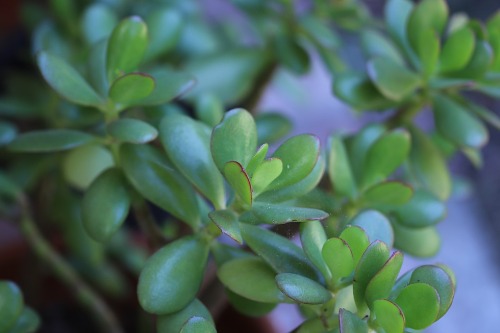
Jade Plants are succulent favorites, giving the illusion that they’re worry-free. Young jades seem tiny and manageable, but they grow slowly and unpredictably. Water too much or too little, and the leaves shrivel or fall off, which feels catastrophic.
They also need pruning to maintain shape and occasional repotting as they mature. Bright, indirect light is essential, or the plant stretches awkwardly. Fertilizer schedules must be precise for them to flourish. Those weekend check-ins multiply fast once you realize the maintenance.
12. Calathea
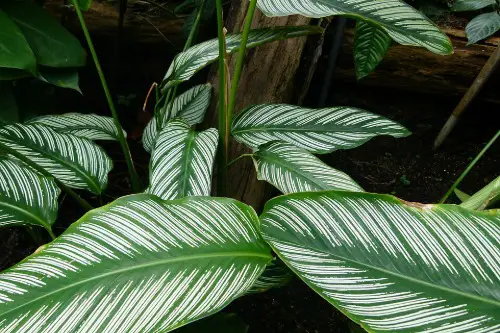
Calatheas are like living art pieces, with vibrant patterned leaves. They are very particular about humidity, water, and temperature, which means neglect shows immediately. Curling, browning, or fading leaves appear after even a short lapse in care.
They also need filtered light and occasional leaf cleaning to prevent pests. Soil must be carefully monitored, as overwatering leads to root rot. Weekends can easily turn into a balancing act between moisture, light, and temperature. Their stunning look comes with a secret set of chores.
13. Fiddle Leaf Fig
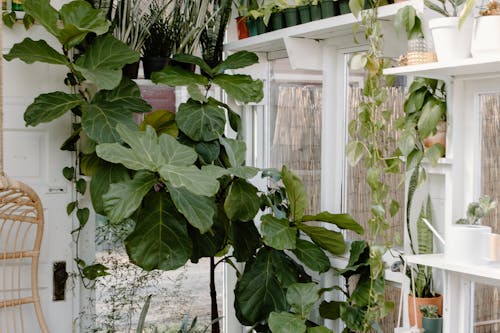
Ah, the Fiddle Leaf Fig—a staple for anyone who wants that Instagram-perfect living room. They look like the ultimate low-maintenance statement piece, but don’t be fooled. These plants are notorious for being temperamental about light and water. Miss a few cues, and suddenly brown spots are spreading across every leaf.
You’ll find yourself obsessively rotating it for even sunlight and wiping down the leaves to prevent dust buildup. They’re also picky about humidity and temperature, so a cold draft or dry air can stress them out. Fertilizer schedules become a small science project. One weekend turns into a full-on plant intervention.
14. String of Pearls
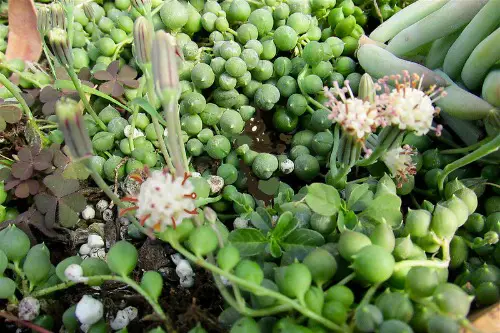
String of Pearls is a quirky succulent that looks like it can fend for itself. In reality, it requires careful watering and bright, indirect light to avoid shriveling or dropping pearls. Miss a cue, and your plant looks like a sad green necklace.
Propagation and occasional repotting are also necessary to keep it thriving. They’re sensitive to overwatering, which is easy to do by accident. Weekends vanish into pinching, trimming, and checking soil constantly. That “just water it occasionally” myth is misleading.
15. Anthurium
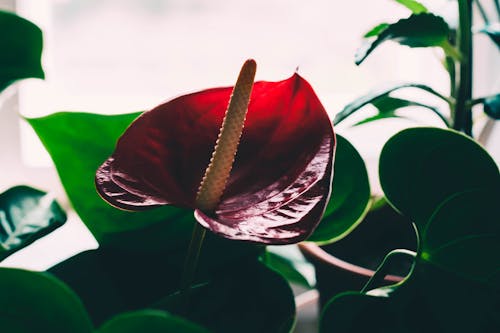
Anthuriums are dramatic with their shiny leaves and exotic blooms. They pretend they’re low-maintenance but actually need consistent humidity, filtered light, and precise watering. Skip a few days, and leaves yellow while blooms fade prematurely.
Soil, fertilization, and occasional repotting also need attention to keep it thriving. Pest monitoring is necessary because these plants attract mites and aphids. A weekend of neglect can undo weeks of care. They’re beautiful, but they’ll quietly demand your attention.
This post 15 Plants That Pretend to Be Low-Maintenance Until They Own Your Weekend was first published on Greenhouse Black.
